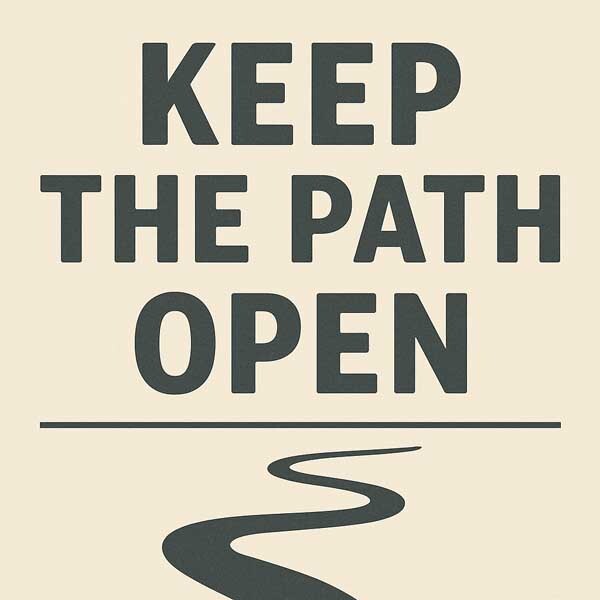JustTheFacts Max![]() Aug 11
Aug 11
1.9K views 0 Comments 0 Likes

By James E. Dahlberg
At the University of Wisconsin–Madison and research institutions across the nation, researchers are working every day to unlock breakthroughs in medicine, robotics, artificial intelligence, and more.
But these laboratory discoveries become fruitless if left unprotected—or unapplied. That’s why the U.S. Constitution enshrined a clear pathway to “promote the Progress of Science and useful Arts,” by providing inventors with patents, which give them exclusive protections for their inventions for a defined period of time. These intellectual property (IP) rights help move lifesaving ideas from lab benches into the real world.
America’s IP system enabled me and my team to protect and commercialize a novel disease-screening technique. That discovery became the basis of a Madison company, Third Wave Technologies, worth over half a billion dollars. Later, it was incorporated by Exact Sciences into other diagnostics such as Cologuard, the groundbreaking at-home colon cancer screening test that has been used more than 20 million times.
My story began at UW–Madison. With the support of funding from the National Institutes of Health (NIH), colleagues in my lab and I were studying how to make DNA molecules form structures that differ from the standard double helix. In that work, we discovered an enzyme that specifically cleaves such structured DNAs. We realized that the precision of this system would be very useful in the analysis of DNA sequences in general.
We didn’t undertake our research with commercialization in mind—it was driven by our curiosity about DNA structures and the novel enzyme activity. But once we realized its potential, we knew it had many applications far beyond the lab, including helping to diagnose diseases. To protect our discovery, we disclosed it to the Wisconsin Alumni Research Foundation (WARF) and applied for a patent.
Although the federal government financed our discovery of the novel enzyme activity, rights to the IP belonged to WARF, thanks to the Bayh–Dole Act. Enacted in 1980, this federal law allows researchers like me to patent and license inventions that benefit from federal support. Prior to this law, the government held around 28,000 such patents, but fewer than 5% of them were licensed to private industry for development because the government lacked the incentives to commercialize them. Bayh–Dole removed this hurdle by securing IP for the inventor and investors.
WARF agreed to license the IP back to us, the inventors.
The secured patent and the vote of confidence from a trusted institution opened doors to support from angel investors and venture funds. Meanwhile, scientists at Third Wave developed our patented enzyme into diagnostics that could help identify disease-causing mutations in viruses and cells.
One of the tests differentiated between low-risk and high-risk types of human papillomavirus (HPV), which causes nearly all cervical cancers. Subsequently, tests based on our cleavage discovery became part of Exact Sciences’ Cologuard diagnostic assay.
These lifesaving applications would not have been possible without Bayh–Dole and America’s strong IP system. That’s why proposals to weaken this foundation are troubling—undermining Bayh–Dole would strip away the protections future inventors and investors rely on.
Bringing a discovery out of the lab takes more than funding. Inventors pour their time and knowledge, their sweat equity, and a deep personal commitment into their discoveries.
Our researchers need to know that if they take the risk, there’s a clear path to real-world impact.
Let’s keep that path open.
James E. Dahlberg is a Professor Emeritus in the Department of Biomolecular Chemistry at the University of Wisconsin–Madison. This piece originally appeared in the Wisconsin State Journal.

At Desert Local News, connections are everything. We're not just another social networking platform—we're a lively hub where people from all walks of life come together to share stories, spark ideas, and grow together. Here, creativity flourishes, communities grow stronger, and conversations spark global awareness.
Comments